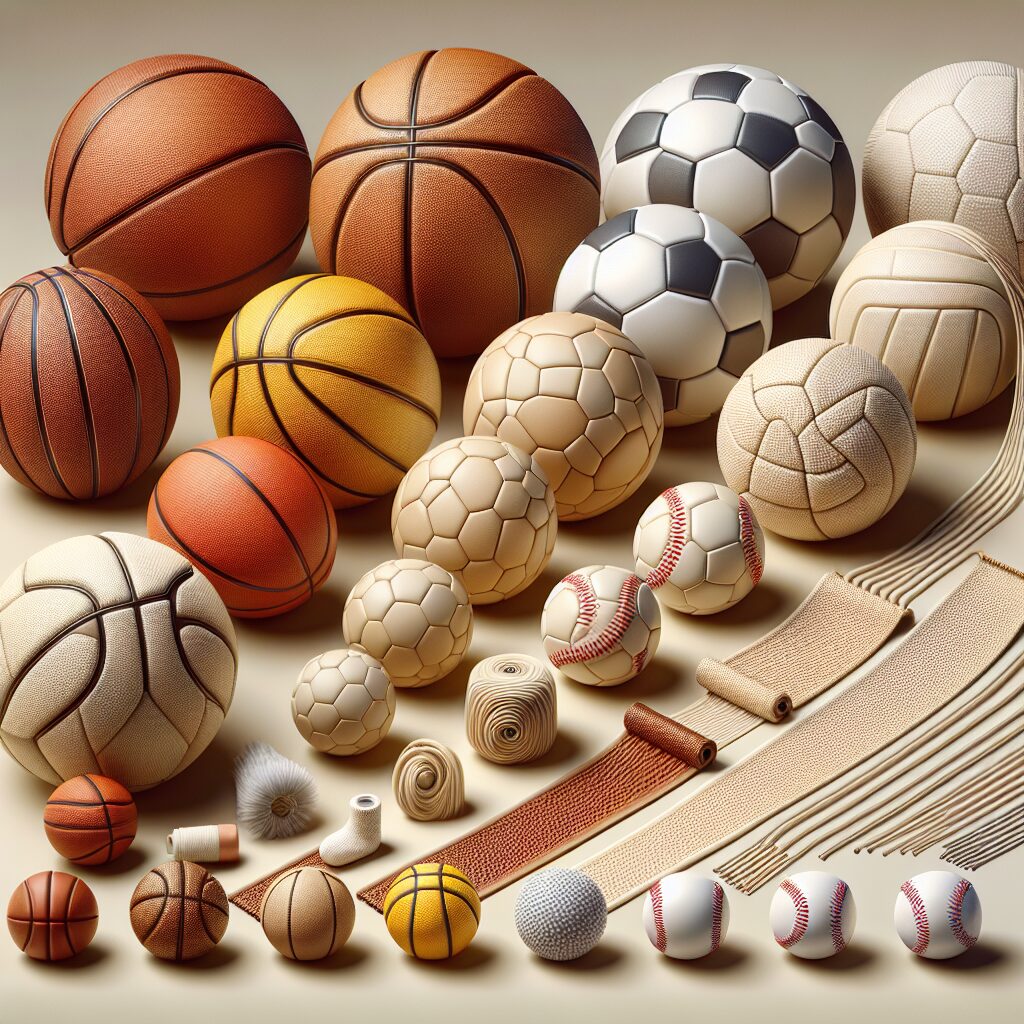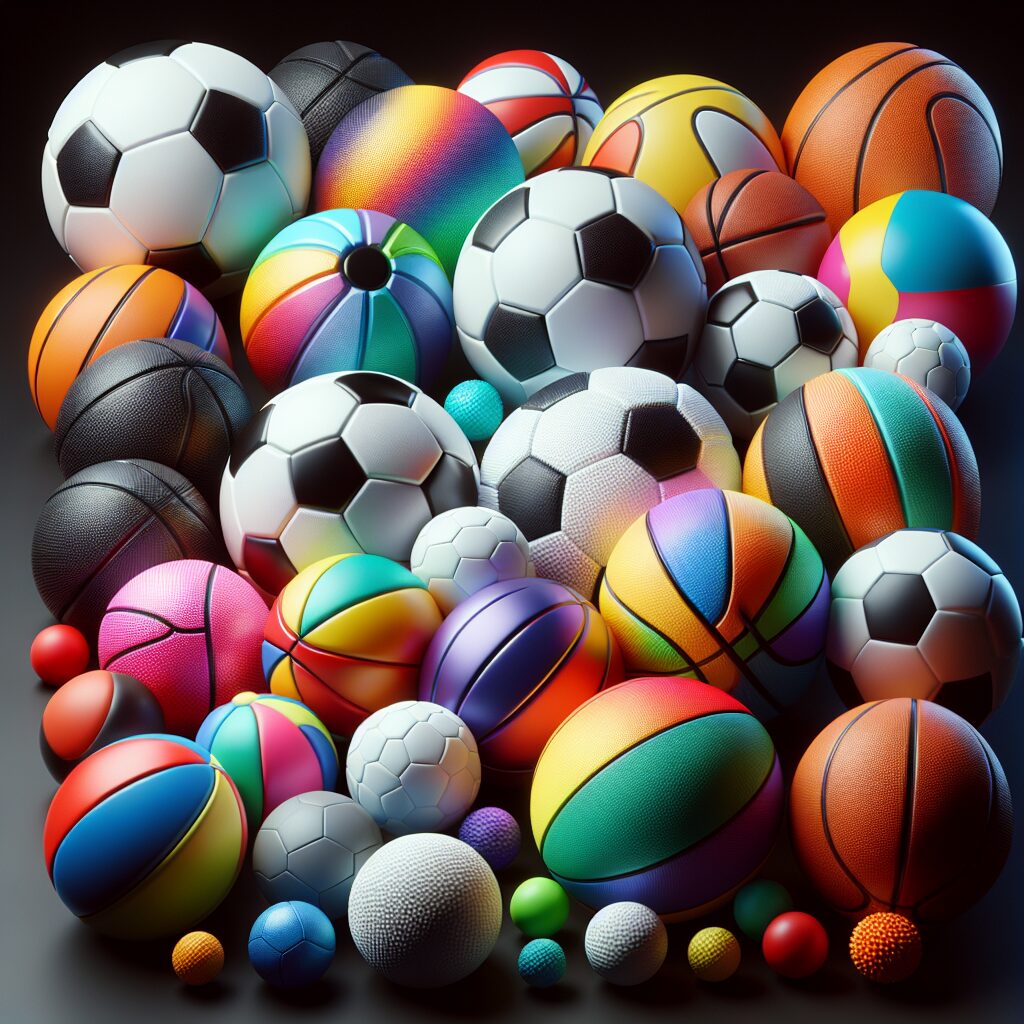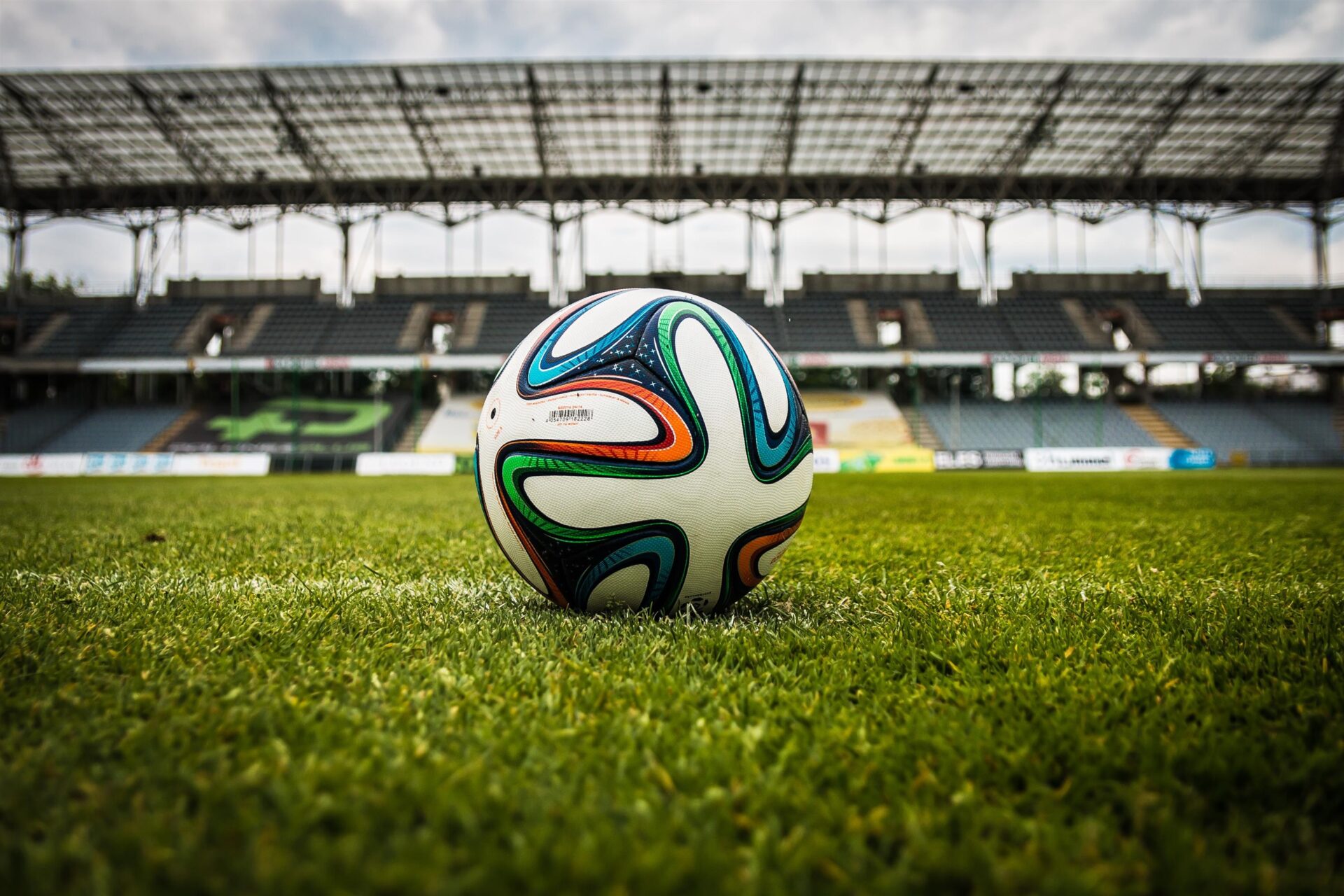Synthetic materials have witnessed a remarkable rise in the production of sports balls in recent years. These materials, often derived from chemical compounds and engineered to mimic natural substances, have revolutionized the way sports balls are manufactured and used. The use of synthetic materials in sports ball production has not only enhanced the performance and durability of the balls but has also opened up new possibilities for customization and design. As athletes continuously push the boundaries of performance, the adoption of synthetic materials has become essential in meeting the increasing demands of modern sports.
One of the major impacts of synthetic materials in sports ball production is their ability to provide consistent performance in various playing conditions. Unlike natural materials, synthetic materials offer more control over the physical properties of the balls, such as grip, bounce, and flight. This ensures that athletes can rely on the consistent behavior of the ball no matter the weather conditions or playing surfaces. Additionally, synthetic materials often exhibit improved durability, reducing the need for frequent ball replacements and enabling players to focus on their performance without constant concerns regarding ball integrity.
In the upcoming sections, we will delve deeper into the key takeaways of the rise of synthetic materials in sports ball production. We will explore the specific benefits these materials offer, such as enhanced performance and customization options, and their impact on various sports. Furthermore, we will discuss the challenges associated with the adoption of synthetic materials and how manufacturers and athletes are continually innovating to overcome them. So, let’s dive into the fascinating world of synthetic materials and their role in shaping the future of sports balls.
Key Takeaways
1. Synthetic materials have become increasingly prevalent in the production of sports balls due to their durability, consistent performance, and cost-effectiveness. They offer improved longevity compared to traditional leather or natural rubber materials.
2. The use of synthetic materials enables manufacturers to produce sports balls with consistent performance characteristics, such as rebound height, air retention, and water resistance. This allows players to adapt their skills and strategies more effectively during games.
3. Synthetic materials also provide enhanced customization opportunities, allowing manufacturers to design sports balls with specific properties tailored to different sports, fields, and playing conditions. This ensures optimal performance and player satisfaction.
4. The adoption of synthetic materials in sports ball production has significantly reduced the carbon footprint associated with manufacturing. These materials often require fewer resources, produce less waste, and involve fewer harmful chemicals compared to natural materials, aligning with sustainability objectives.
5. Despite the benefits of synthetic materials, there is still a demand for traditional leather or natural rubber sports balls due to historical and cultural associations, as well as personal preferences of players and consumers. Manufacturers must consider both material options to cater to a wide range of needs in the sports ball market.
What are the Benefits of Synthetic Materials in Sports Ball Production?
Evolution of Materials in Sports Ball Production
Over the years, the materials used in sports ball production have significantly evolved. Initially, natural materials like animal bladders, rubber, and leather were primarily used. However, with advancements in technology and the need for improved performance, synthetic materials have gained popularity. The rise of synthetic materials in sports ball production has revolutionized the industry.
Enhanced Durability and Consistency
Synthetic materials offer enhanced durability compared to their natural counterparts. They are designed to withstand rigorous use without deteriorating quickly. Sports ball manufacturers can now produce balls that can endure intense impacts, resist wear and tear, and maintain their shape for longer periods. Additionally, synthetic materials provide greater consistency in ball performance, ensuring a level playing field for athletes.
Improved Performance Characteristics
Synthetic materials bring various performance-enhancing characteristics to sports balls. For example, the use of synthetic fibers in soccer balls allows for better control, increased accuracy, and reduced water absorption. Similarly, in basketball, synthetic covers offer enhanced grip and bounce, leading to improved ball handling and shooting. These advancements contribute to better player performance and overall gameplay.
Customizability and Design Flexibility
With synthetic materials, sports ball manufacturers have greater design flexibility and customizability options. They can easily control the properties of the materials, such as hardness, elasticity, and weight, to match the specific requirements of different sports. This flexibility enables the production of balls tailored to different playing surfaces, weather conditions, and player preferences, resulting in optimized performance.
Environmental Impact and Sustainability
Another aspect of the rise of synthetic materials in sports ball production is its environmental impact. While natural materials pose sustainability challenges due to their sourcing and manufacturing processes, the utilization of synthetic materials addresses these concerns. Synthetic materials can be produced without depleting natural resources, and their manufacturing processes can be more eco-friendly. Additionally, synthetic balls tend to have longer lifespans, reducing waste and contributing to sustainability efforts.
Cost-Effectiveness
Synthetic materials offer cost advantages in the production of sports balls. Compared to natural materials, synthetic alternatives are often more affordable and readily available. This affordability makes sports balls accessible to a wider range of individuals and allows for larger-scale production. As a result, the rise of synthetic materials in sports ball production has contributed to the growth of the sports industry as a whole.
What are the Key Considerations for Choosing Synthetic Materials for Sports Balls?
- 1. Evaluate the desired ball characteristics and performance traits for the specific sport.
- 2. Consider the durability and longevity requirements to ensure an extended lifespan.
- 3. Assess the environmental impact of the chosen synthetic materials and manufacturing processes.
- 4. Account for the cost implications and budget constraints.
- 5. Take into consideration player feedback and preferences.
- 6. Collaborate with manufacturers and suppliers experienced in synthetic sports ball production.
Frequently Asked Questions
1. Are synthetic materials better than natural materials for sports ball production?
Synthetic materials offer several advantages over natural materials in sports ball production. They are typically more durable, have better resistance to weather conditions, and can be engineered to have specific performance characteristics. Additionally, synthetic materials reduce the dependence on limited natural resources, making them a more sustainable choice.
2. Do synthetic materials affect the performance of sports balls?
Synthetic materials used in sports ball production are designed to mimic or even enhance the performance of natural materials. Advanced manufacturing techniques and material science ensure that synthetic balls can offer similar or improved performance characteristics such as better grip, enhanced aerodynamics, and consistent bounce.
3. Are sports balls made entirely of synthetic materials?
While many sports balls incorporate synthetic materials, it is rare for them to be made entirely of synthetics. Typically, a combination of synthetic and natural materials is used to strike a balance between performance, durability, and cost-effectiveness. For example, a soccer ball may have a synthetic outer covering and a natural latex bladder.
4. Are synthetic sports balls suitable for all types of sports?
Synthetic sports balls can be tailored to suit a wide range of sports. Manufacturers understand the specific requirements of different sports and develop materials accordingly. Whether it’s soccer, basketball, tennis, or golf, there are synthetic options available that meet the demands of each sport.
5. Are synthetic sports balls more expensive than those made from natural materials?
The cost of synthetic sports balls can vary depending on factors such as materials used, manufacturing processes, and brand reputation. While they may have a slightly higher upfront cost compared to balls made from natural materials, synthetic balls can often offer better durability and longevity, making them a cost-effective choice in the long run.
6. Do synthetic materials have any environmental advantages?
Yes, synthetic materials in sports ball production have environmental advantages. By reducing the reliance on natural resources, they help conserve and preserve those resources. Additionally, synthetic materials can be recycled or repurposed at the end of their life cycle, further reducing their environmental impact.
7. Do synthetic balls require any special care or maintenance?
Synthetic balls generally require minimal care and maintenance. They are designed to withstand various weather conditions and retain their performance characteristics for longer periods. However, it is still advisable to follow the manufacturer’s recommendations for cleaning and storage to ensure optimal performance and longevity.
8. Are synthetic balls more prone to wear and tear compared to natural ones?
While synthetic balls are generally more durable, they can still experience wear and tear over time, especially with frequent use on abrasive surfaces. However, the durability of synthetic balls often exceeds that of natural ones, making them a reliable choice for prolonged usage.
9. Can synthetic balls be used in professional sports tournaments?
Many professional sports tournaments and leagues already utilize synthetic balls. As long as the synthetic balls meet the required performance standards and regulations set by the respective sports associations, they can be used as official game balls in professional competitions.
10. Can synthetic materials replicate the feel of natural materials?
Synthetic materials have come a long way in replicating the feel and performance of natural materials. Advanced manufacturing processes enable the creation of synthetic materials with textures, elasticity, and responsiveness that closely resemble natural materials, ensuring athletes get a similar experience while using synthetic sports balls.
Final Thoughts
As the use of synthetic materials continues to rise in sports ball production, we witness a significant shift in the industry. Synthetic balls offer improved performance, durability, and environmental benefits when compared to their natural counterparts. While the debate between synthetic and natural materials may persist, it is undoubtedly clear that synthetic materials have revolutionized the sports ball industry and will continue to play a vital role in shaping the future of sports.
However, it’s important to strike a balance between embracing the advancements in synthetic materials and considering the preferences and requirements of athletes. The continuous evolution of synthetic materials should focus not only on performance but also on providing a satisfactory playing experience that replicates or enhances the qualities of natural materials. With ongoing research and innovation, the rise of synthetic materials in sports ball production is an exciting journey that aims to elevate the performance and enjoyment of sports for athletes around the world.




